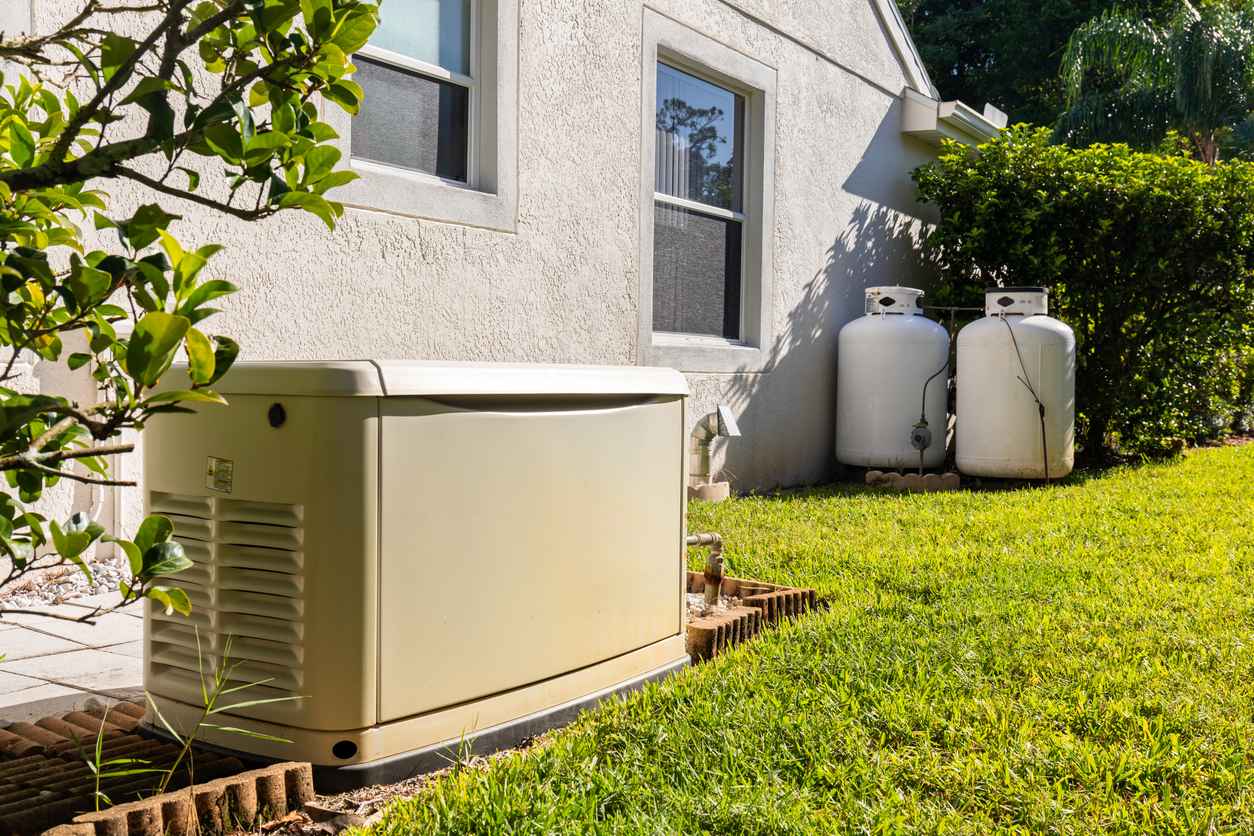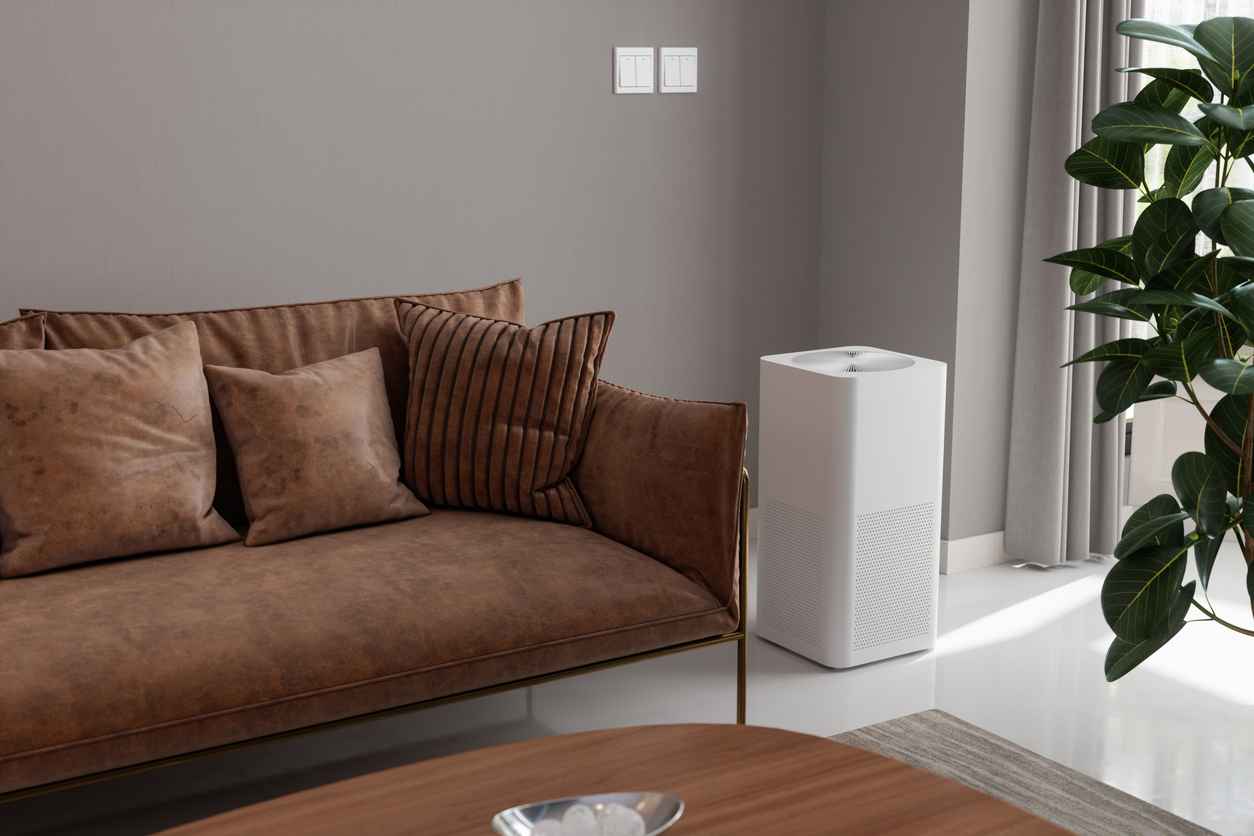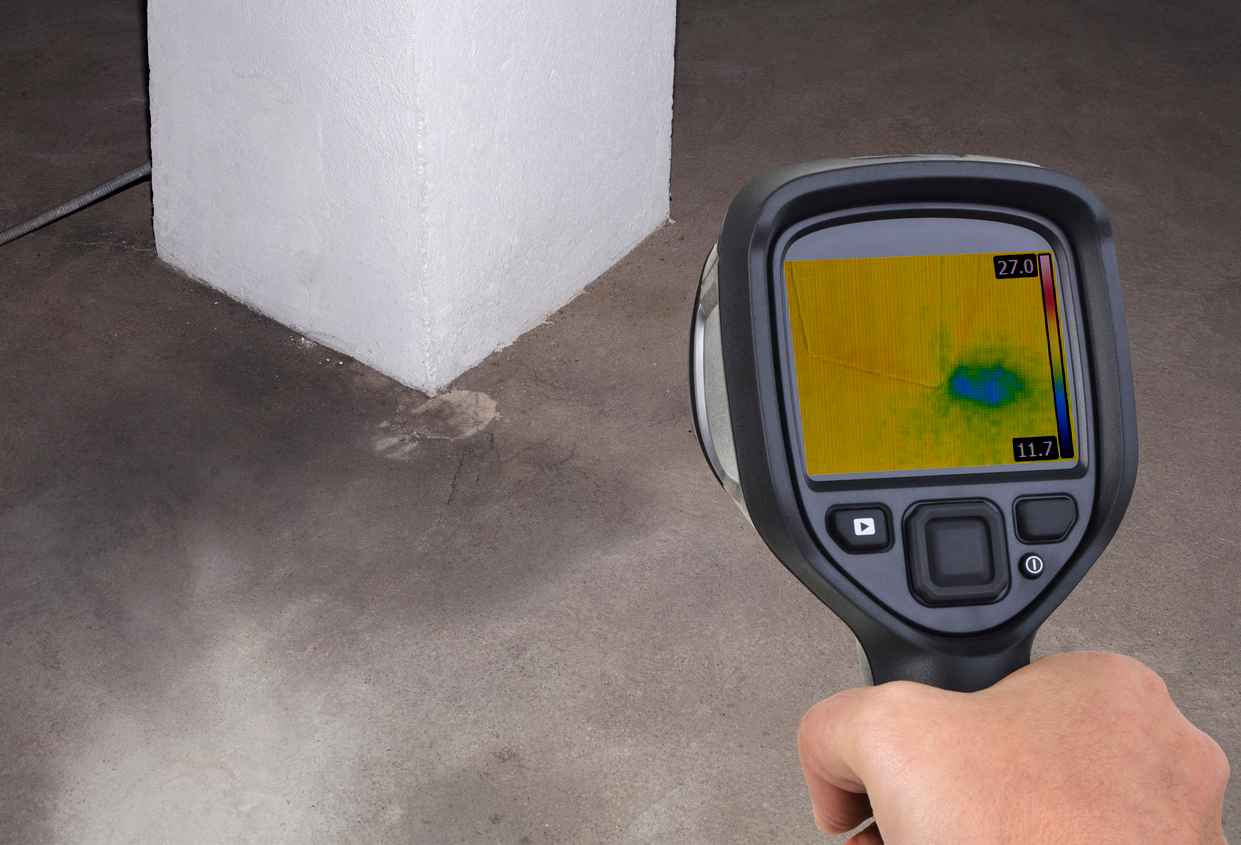4.8 Google Rating
How Can You Prepare for a Plumbing Emergency?
All homeowners know that if anything in the home can go wrong, it will happen at a most inconvenient time. Plumbing is no exception. At your sleepiest, busiest, most tired moment, the toilet begins to overflow and no amount of jiggling of the control handle stops the water from edging toward wall-to-wall carpeting. Perhaps it’s even the sudden bursting of a pipe or an out-of-control faucet.
Such plumbing emergencies are inconvenient and can cause expensive damage if corrective action is not taken immediately. It is as simple as 1-2-3 to prepare for plumbing emergencies. A few minutes of your time now could be insurance for future security, and trouble-free performance of your water system.
Locate & Test Every Water Valve
Plan a family house tour of all your water valves. Everyone in your house should know what to do if a plumbing emergency arises when they are alone in the house.
Start with the main water line valve. This controls the flow of water in your home. Usually, it is in the basement on the pipeline coming through the wall on the street side of your house. Find the valve, be sure it operates freely, and apply the tag to the main water line. If it is especially hard to find, place a second tag in a more visible spot.
Continue the same procedure with the kitchen. Find the valves below the sink and test to see if they open and close easily. It is especially important to make this check because over a period of time a valve can become “frozen” if not used for years. Usually a wrench applied to the control wheel will free up the valve.
Do this carefully to avoid breaking the control head. If the control wheel just can’t be moved, it is usually best to have it serviced by your plumber. Until this is done, make a mental note to shut off the main water line valve if this section of your plumbing gives you trouble. Check for possible leaks around the stem after moving and freeing the valve. Applying a wrench to the cap or packing nut can stop minor leakage. Finally, apply a tag “Hot Water” and “Cold Water ” to the control valves.
Continue the water tour– the bathroom or bathrooms, hot water heating system, water heater and water softener– every place in the home where water is used. Label all valves with the proper identification tags.
Plumbing Tip: When you open any valve, open it all the way then turn it back the other direction slightly. This will help prevent it from sticking in the open position.
To repeat, locating the main shutoff valve is especially important because when closed, it stops all water throughout the house in seconds. Be sure that everyone, including the children, knows where this vital control is located.
Helpful Diagrams of Your Home’s Shutoff Valves
Lavatory Sink Shutoff Valves
The lavatory valves usually are below the fixture for easy access. With a wrench, turn this valve clockwise until it stops for complete shutoff.
Kitchen Sink Shutoff Valves
Below your kitchen sink, you will probably find shutoff valves for both the hot and cold water. In some cases, the valves will be below the kitchen in the basement. Sometimes valves are installed both below the sink and also in the basement.
Main Gas Shutoff Valves
Typically your main gas shutoff valve is in one of two places. It is going to be in an underground vault at the curb or somewhere on the side of your house. Turn off your gas meter ONLY if you smell gas or hear the hissing sound of gas escaping.
As you face the meter, you will see a pipe running from the ground to the meter. There is a shut-off valve running parallel with the pipe usually located about 6 to 8 inches above the ground. Take a 10 “or 12” adjustable wrench and turn the valve 1/4 turn in either direction, until the valve is crosswise to the pipe.
Main Water Shutoff Valves
The water line coming in from the street is often connected to the water meter followed by a master shutoff valve for the entire home. Close this one valve and you have shut off the water throughout the house– it’s instant action for serious emergencies. If you need to shut off the water at the main valve make sure the hot water tank is turned down to the pilot. Electric hot water tanks require special attention, and it is best to enlist the aid of plumbing and heating professionals.
However, if the emergency calls for the main water system to be shut off, the electric water system must also be shut off. The electric can be shut off at the main electrical fuse box by either removing the fuse from the box or switching the breaker to an “off “position. (Check and see if your breakers are labeled.) The electricity to the hot water tank should not be turned on until the water tank has been refilled with water–see the owner’s manual that comes with the electric hot water heater. To turn off this valve, turn the handle clockwise until it stops.
Washing Machine Shutoff Valves
There should be individual shutoff valves for both the hot and the cold water lines. Typically the handles are round, although they can be a lever handle. These valves also turn off clockwise.
They will often turn several revolutions before they reach the “off” position. If while turning these valves off, they are frozen, they won’t shut off completely or water leaks out the handle, contact your plumber. TIP! A burst washing machine hose causes 72% of water damage. We recommend that you turn these valves off when not in use to prevent possible flooding.
Toilet Shutoff Valves
Your water closet shutoff valve is commonly located on the back wall, approximately 6″ above the ground, on the left side as you face the toilet. To turn off this valve in the event of a leak or repair, turn the valve clockwise until it stops.
If you have a plumbing emergency in your Denver area home and need a professional plumber, call AAA Service Plumbing, Heating & Electric today!





